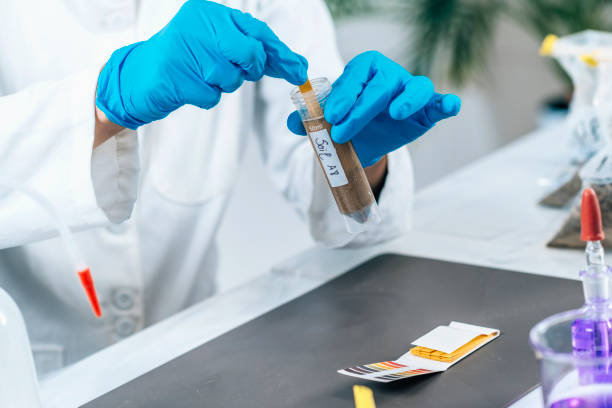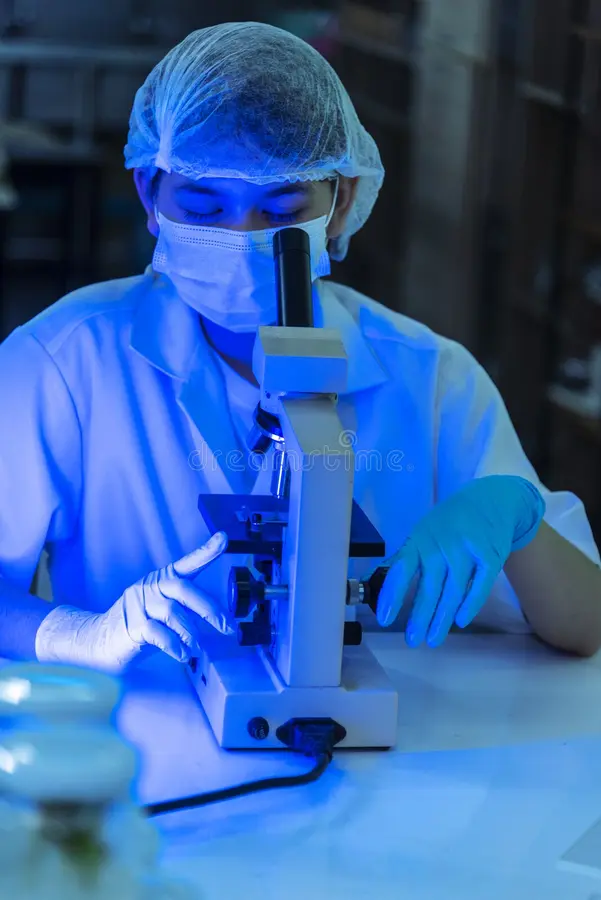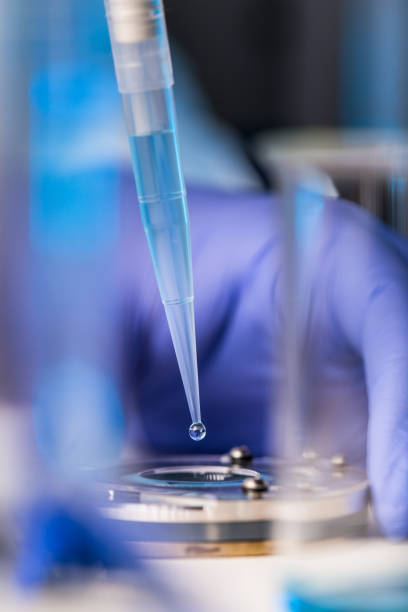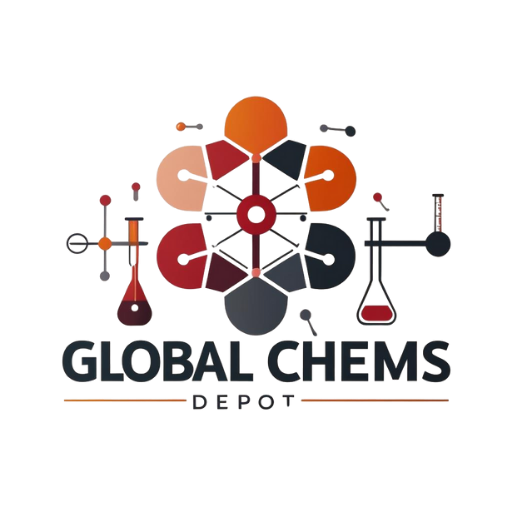Don't miss our holiday offer - up to 50% OFF!
How to check research chemical quality: A Guide for Researchers

Understanding the Science Behind the Stats and how to check research chemical quality
When purchasing research chemicals, one of the most important tools at your disposal is the lab report or Certificate of Analysis (COA). These documents confirm the chemical identity, composition, and purity of your product. But for many, interpreting these reports can be confusing. This guide breaks it down.
1. What Is a Certificate of Analysis (COA)?
A COA is a detailed report from a certified lab that analyzes a compound’s composition. It typically includes:
- Product name & batch number
- Purity percentage
- Testing method (e.g., HPLC, GC-MS, NMR)
- Analyst’s signature & test date
How to read a certificate of analysis ensures transparency and scientific reliability.
⚗️ 2. Understanding Purity Percentages & interpreting lab purity reports
Purity is the percentage of the compound that matches its intended chemical structure. A result like ≥99.5% purity is considered lab-grade and suitable for most research purposes.
Watch out for:
- Anything under 95%, which may contain impurities
- No listed method of analysis, which questions reliability

3. Common Testing Methods Explained
- HPLC (High-Performance Liquid Chromatography): Measures the concentration and purity of compounds.
- GC-MS (Gas Chromatography-Mass Spectrometry): Detects impurities and verifies chemical identity.
- NMR (Nuclear Magnetic Resonance): Confirms molecular structure with high precision.
Each method serves a unique purpose and may be used together for complete analysis.
4. Red Flags in Lab Reports
Avoid suppliers if:
- The COA lacks a lab logo or analyst signature
- There’s no date or batch information
- Purity values seem suspiciously high without test methodology
- Results are not repeatable across batches
5. Why Purity Matters in Research
what is a COA in research chemicals?
Even slight impurities can drastically impact results in neurochemical, pharmacological, or toxicological studies. Always work with verified, lab-tested products backed by proper documentation.
Final Thoughts
Understanding lab reports isn’t just for experts—it’s essential for anyone conducting reliable, reproducible scientific research. By reviewing the COA thoroughly, you ensure your experiments are based on verified, high-purity compounds.


[…] remains the gold standard for analytical identification in chemical and forensic research. Gas chromatography separates the components of a complex […]